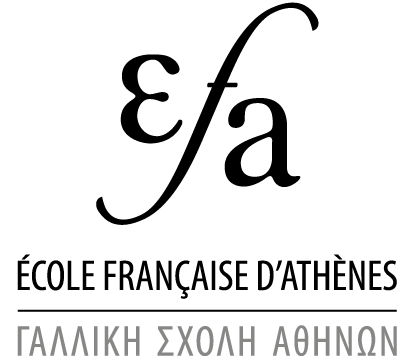The first archaeological exploration of Thasos was the result of the comings and goings of nineteenth-century travellers who came (more than four centuries after the arrival of Cyriacus of Ancona) to an island where the chance discovery of treasures such as sculptures and inscriptions was common.
The excavations of the French School at Athens began in earnest in 1911, under the direction of C. Avezou, C. Picard and A. Reinach, at a time when the island was still part of the Ottoman Empire. The 1910s were years of intense activity, which saw the excavation of a part of the defensive wall, of the Arch of Caracalla, of the passage of the theoroi (already partially explored in 1864), and of a corner of the agora and of the temple of Athena on the acropolis. .
Since then, almost a century of excavations—increasingly lead in collaboration with the Greek archaeological service of Kavala—have made Thasos one of the best-known city-states of the Greek world, from the beginnings of its colonization to the proto-Byzantine period. These excavations have revealed the city’s defensive wall, the entirety of the agora (excavated between 1948 and 1955) and its dependencies, the principal shrines of the city-state (i.e those of Athena, Apollo, Heracles, Artemis, and Dionysus), the theatre, the residential areas, a monumental piece from the imperial period, several basilicas and paleochristian villas, as well as the necropolises lying outside the city walls. Outside the urban centre, the territory’s diverse facilities have also been explored (farms, pottery workshops, lighthouses, towers), in addition to the site of the Aliki quarries, exploited from the archaic period to the proto-Byzantine period.
© FSA / Julien Fournier

